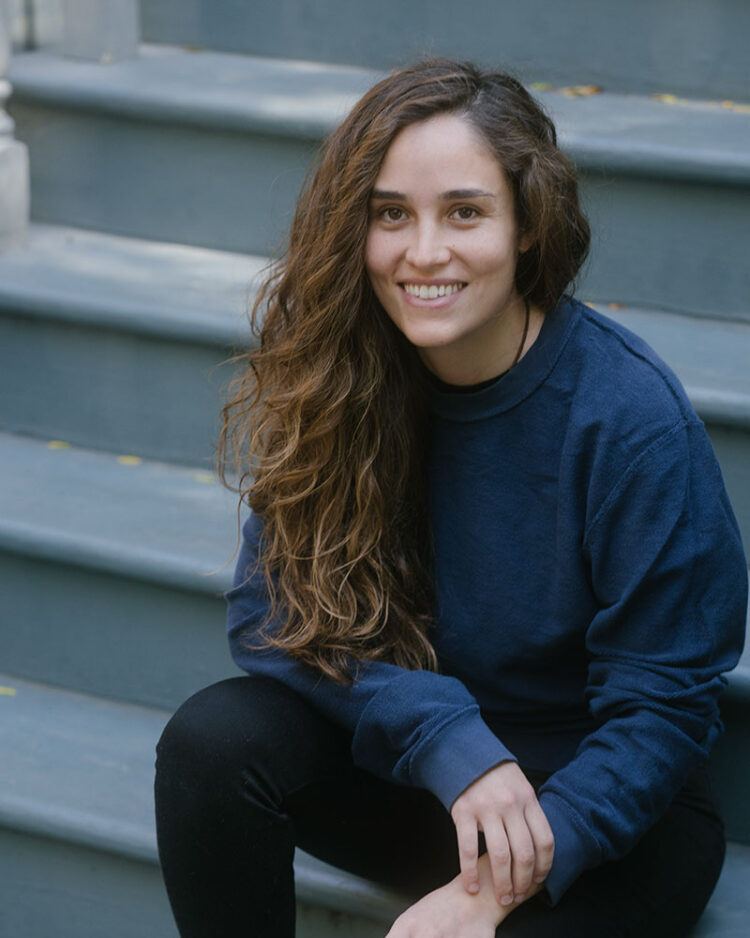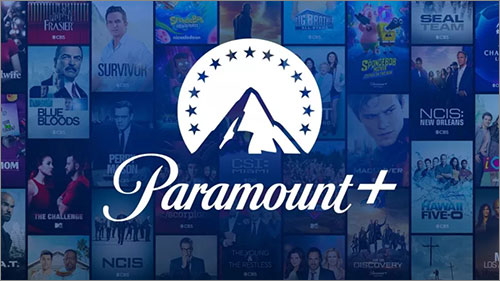How do we design digital experiences for children that are not just distracting, but enriching? How can technology foster the same sense of wonder, creativity, and play that defined pre-digital childhoods? The answer, it seems, lies not in rejecting technology, but in redesigning our relationship with it, a mission championed by designers like Sofia von Hauske.
A Senior Product Designer with a dynamic portfolio that spans 2D illustration, 3D modeling, and user experience design, von Hauske has built a career on a simple yet profound principle: designing for the kid version of herself. “I’ve always seen design as a form of play, a creative puzzle to solve,” she explains. This philosophy, honed through experiences with giants like Disney and innovative tech startups, provides a crucial lens through which we can understand the art and science of creating meaningful digital objects for the youngest generation.
Von Hauske’s journey from Mexico City to the bustling design hubs of New York has endowed her with a diverse perspective. Her work is a testament to a mind that refuses to be siloed. “Since moving into digital design, I’ve worked on a wide variety of projects: an app for golfers (Leaderboard), a social platform for contractors (Trade Hounds), and an AI-powered app that helps parents create personalized storybooks for their children,” she notes. “The diversity of my work keeps me constantly learning and creatively energized, which is one of the reasons I decided to become a designer.”
This breadth of experience, from data-driven marketing software to 3D knitting, is not a distraction from her core passion but rather a vital part of it. It’s this cross-pollination of ideas that allows her to approach the unique challenges of designing for children with a robust and versatile toolkit. However, it was her early work in industrial design that cemented her calling. “I think some of my most meaningful work… was the Disney projects I worked on,” she reflects. “Those projects were defining for me because they made me realize what I truly love about design—it brings out the kid in me.”
This sentiment—that the best design taps into a universal sense of youthful curiosity and joy—is the golden thread that connects her most compelling projects for children, bridging the gap between the physical and the digital.
The Tangible Magic: From Physical Toy to Digital Interaction
Before a child ever learns to swipe or tap, they learn to grasp, press, and explore the physical world. Von Hauske’s work on the “Disney’s Mickey & Friends X CAMP: An Extra Big Adventure” experience masterfully illustrates how to translate the tactile satisfaction of a toy into a narrative-driven adventure.
In the interactive experience, a mishap with Goofy’s camera and a shrink ray leads to Mickey, his friends, and the children themselves being shrunk. The mission is to find scattered microchips to fix the device. To facilitate this, von Hauske was tasked with designing a critical prop: the transponder. This wasn’t just a piece of plastic; it was the children’s primary tool for interaction, a tangible link to the story.
“The counselor would carry transponders that not only allowed her to communicate with [inventor] Gyro Gearloose but also served as a tool for locating the scattered microchips,” von Hauske explains. The design requirements went beyond simple aesthetics. The transponder had to be intuitive for a child, robust enough for enthusiastic play, and visually coherent with the shrink ray prop to create a believable world.
Here, von Hauske and her team integrated a brilliant piece of interactive design. “To make it more engaging for kids, we included a ‘happiness meter’ on the transponder, which would increase as they made more noise, reinforcing the idea that their fun directly contributed to the success of the mission.” This simple feedback loop transformed passive audience members into active participants. The two buttons—one to activate, another to slowly increase the meter—gave children agency. Their shouts, laughter, and excitement weren’t just noise; they were fuel for the mission. The rising lights of the happiness meter provided instant, positive reinforcement, making them the heroes of the story.
This project underscores a vital principle for digital and physical design alike: the most powerful interactions empower the user, making them feel that their actions have a direct and meaningful impact on their environment.
Personalization at Scale: The AI-Powered Storybook
As children grow, their desire for agency evolves from physical interaction to seeing themselves reflected in the stories they consume. This is the challenge von Hauske tackled with “Luna’s Bedtime Stories,” an innovative mobile app currently in development that seeks to revolutionize the classic bedtime ritual.
“Our mission was to create an immersive experience like no other by developing an interactive mobile app that combined the powers of Chat GPT and MidJourney technology,” she says. The concept is elegantly simple but technologically ambitious: create personalized bedtime stories where the child is the hero.
The app uses Chat GPT’s narrative capabilities to craft custom adventures centered around the child. But the true magic lies in its integration with MidJourney, an AI image generator. By transforming a photo of the child into a series of personalized illustrations, the app literally places them inside the storybook. They aren’t just reading about a generic prince or a nameless adventurer; they are seeing themselves embarking on the quest.
“We wanted each child to feel an unbreakable bond with their story, as if they were living it themselves,” von Hauske emphasizes. “By making the experience intensely personal and relatable, we aimed to forge an emotional connection that would leave a lasting impression on our young readers.”
This project represents a new frontier in children’s digital media. While personalized books have existed for decades (with a child’s name printed in the text), Luna’s approach offers a far deeper level of immersion. It leverages cutting-edge AI not as a gimmick, but as a tool for empathy and connection. It answers a child’s innate desire for self-recognition and validates their importance in the world. The design challenge here is immense: ensuring the technology is seamless, the stories are safe and positive, and the user interface is simple enough for both parent and child to navigate. As the app moves through user testing, its success will hinge on balancing technological power with a deep, human-centered understanding of a child’s emotional needs.
Lessons from Other Worlds: Applying Design Principles Universally
While projects like the Disney transponder and Luna’s storybook app are explicitly for children, von Hauske’s work in seemingly unrelated fields provides crucial insights that enrich her design philosophy. As the sole designer on the “Leaderboard Pro Profile” section of a golf app, she had to distill complex data—like advanced stats, penalty strokes, and wager tracking—into a format that was “comprehensive, user-friendly, and helps golfers to improve their game.” This task, though for adults, mirrors the challenge of designing for kids: taking complex information and making it intuitive, glanceable, and motivating.
Similarly, her work at Fishbowl, designing a scalable system of analytics widgets, required her to create a “modular, consistent, and visually clear framework” to help businesses make data-driven decisions. As she describes it, the goal was to empower users. This same principle of empowerment is central to good children’s design. Whether it’s a business user understanding campaign performance or a child seeing their laughter power a “happiness meter,” the underlying design goal is to provide clear feedback and a sense of control.
Her extensive hard skills, from 2D wireframing in Figma to 3D modeling in Blender, combined with essential soft skills like empathy and communication, allow her to act as a translator. She can speak the language of developers, understand the strategic goals of a CEO, and, most importantly, empathize with the end-user—be it a marketing manager, a seasoned golfer, or a five-year-old on an adventure.
The Guiding Principles for Designing for Children
Distilling Sofia von Hauske’s work and philosophy, a clear set of principles emerges for anyone creating digital objects and experiences for children:
- Design for Empowerment: Children crave agency. The best digital toys and apps are not passive experiences but tools that respond to a child’s input. Whether it’s a button that needs pressing, a character that needs swiping, or a story that needs their face, the interaction must make the child feel like a cause, not just an effect.
- Bridge the Physical and Digital: Children don’t live in a purely digital world. Experiences that blend tangible actions with on-screen results, or vice-versa, are incredibly powerful. The memory of pressing the button on the transponder is more visceral and lasting than a simple tap on a glass screen.
- Embrace Personalization: Seeing oneself as the hero is a profound emotional hook. Technology now allows for personalization at an unprecedented scale. Using it thoughtfully, as in “Luna’s Bedtime Stories,” can create a deep, personal connection that fosters a love for storytelling and self-esteem.
- Prioritize Intuitive Feedback: The “happiness meter” is a perfect example of clear, positive, and immediate feedback. Children need to understand the consequences of their actions within the rules of the play-world. This feedback loop should be simple, encouraging, and free of the friction or complexity found in adult-oriented applications.
- Never Forget the Inner Child: Ultimately, the most successful designs for children come from a place of genuine playfulness and wonder. Von Hauske’s admission that she designs for the “kid version of myself” is not a whimsical aside; it is the core of her methodology. To create something truly engaging for a child, the designer must be able to tap into their own memory of play, curiosity, and joy.
As we navigate an increasingly digital future, the role of designers like Sofia von Hauske has never been more critical. They are the architects of the virtual playgrounds where the next generation will learn, explore, and dream. By grounding their work in empathy, empowerment, and a deep-seated respect for the magic of play, they can ensure that the digital objects we place in the hands of children are not just tools of distraction, but keys to unlocking a universe of creativity and wonder.













